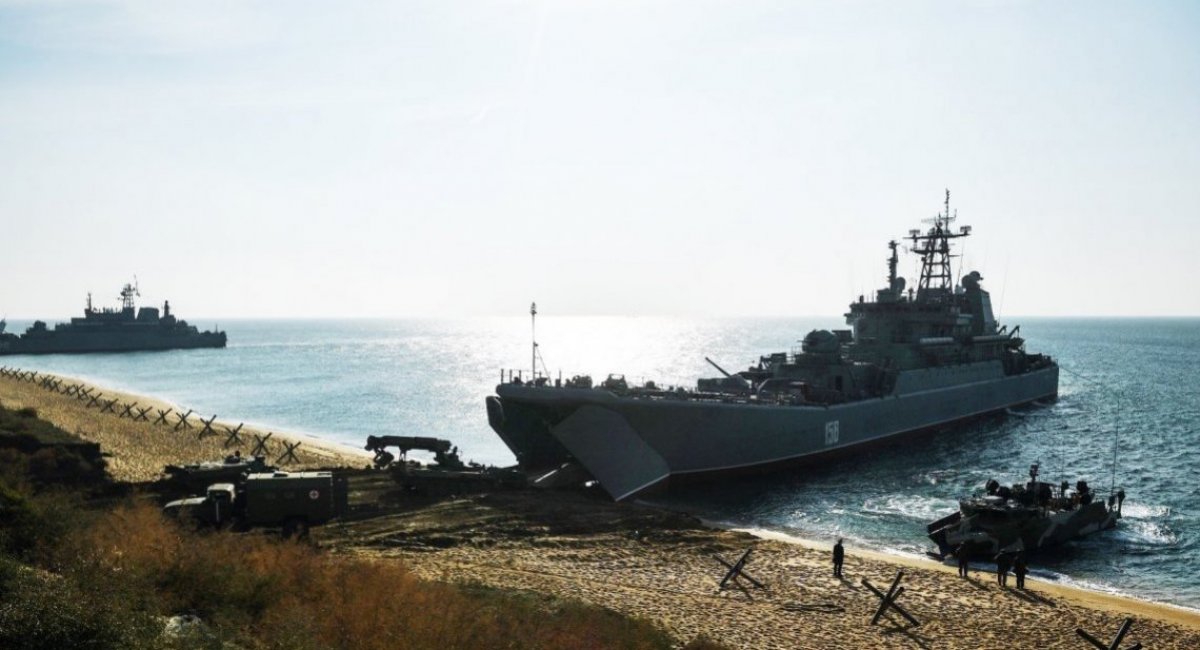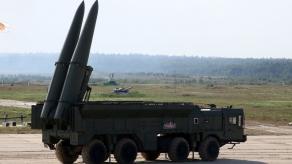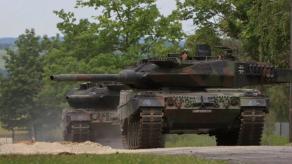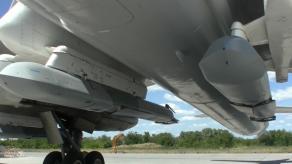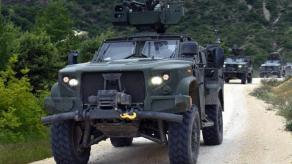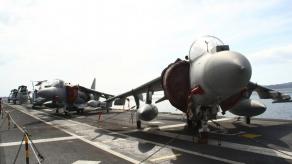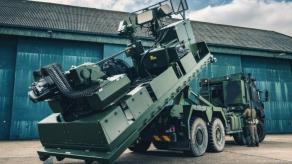At the outset of the war with Ukraine in February 2022, the russian Navy (RFN) maintained the freedom to maneuver throughout the entirety of the Black Sea, most significantly in the north-west, the UK Defense Intelligence reports.
Following Ukraine's success in employing asymmetric alternatives to its lack of a traditional navy (various guided missiles and uncrewed vessels), the RFN has been repeatedly forced to reassess its appetite for risk. Ukraine has continued to push russian threat perception to new highs through combined strike activities on land and at sea, forcing Black Sea Fleet (BSF) units to relocate their main operating areas to the eastern Black Sea.
Read more: The UK Defense Intelligence Analyzes the Consequences of the Caesar Kunikov Ship Sinking
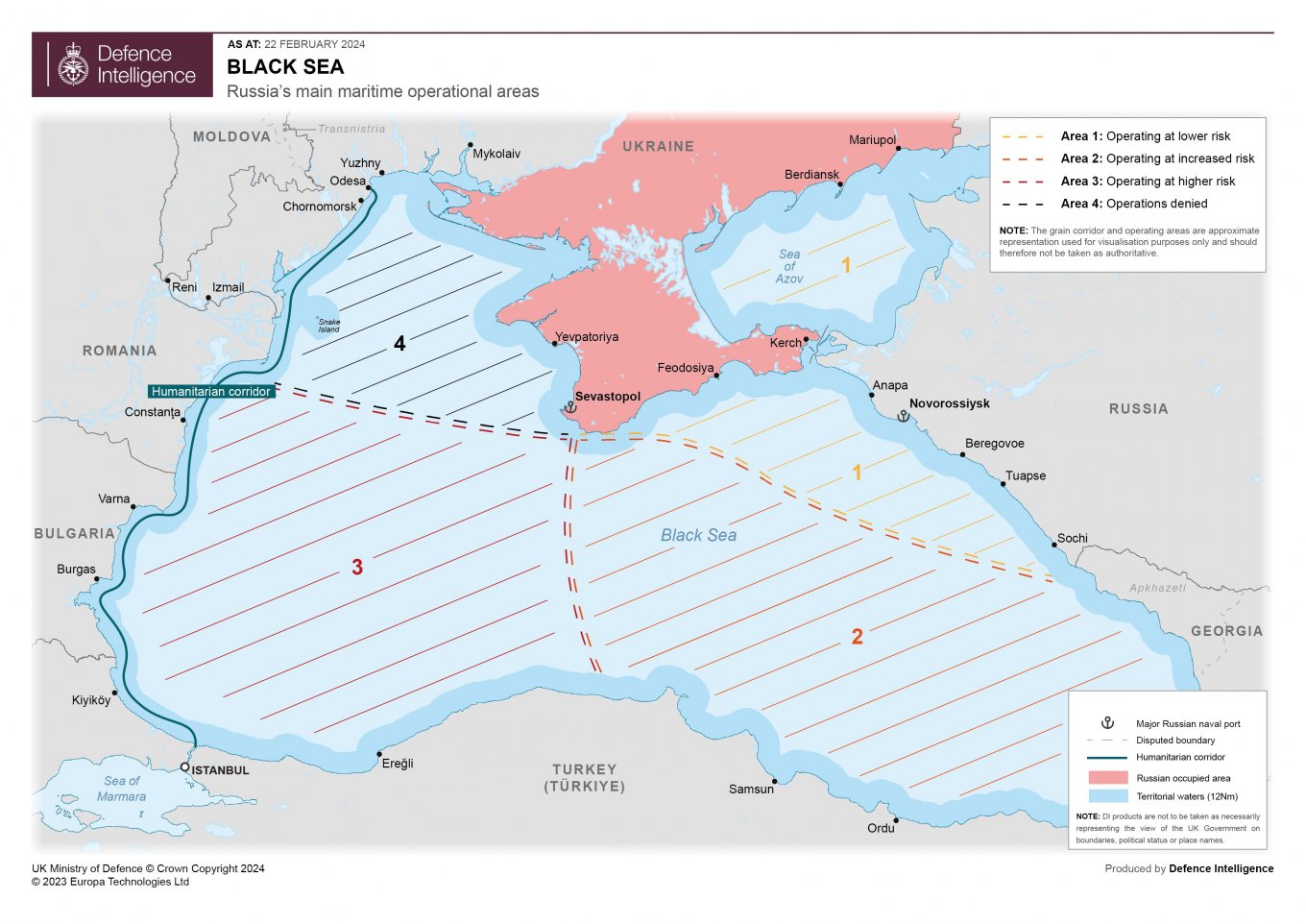
The ongoing success of Ukrainian attacks has persistently forced the BSF onto the back foot, with recent events such as the sinking of the TARANTUL Ill-class IVANOVETS and ROPUCHA-class CAESAR KUNIKOV leading to the dismissal of the second BSF commander since the war began. Despite russia’s continued ability to strike Ukraine using vessels in the relative safety of the eastern Black Sea, it is increasingly evident that the defensive posture adopted to mitigate against Ukraine’s non-conventional approach to maritime warfare is not working as intended.
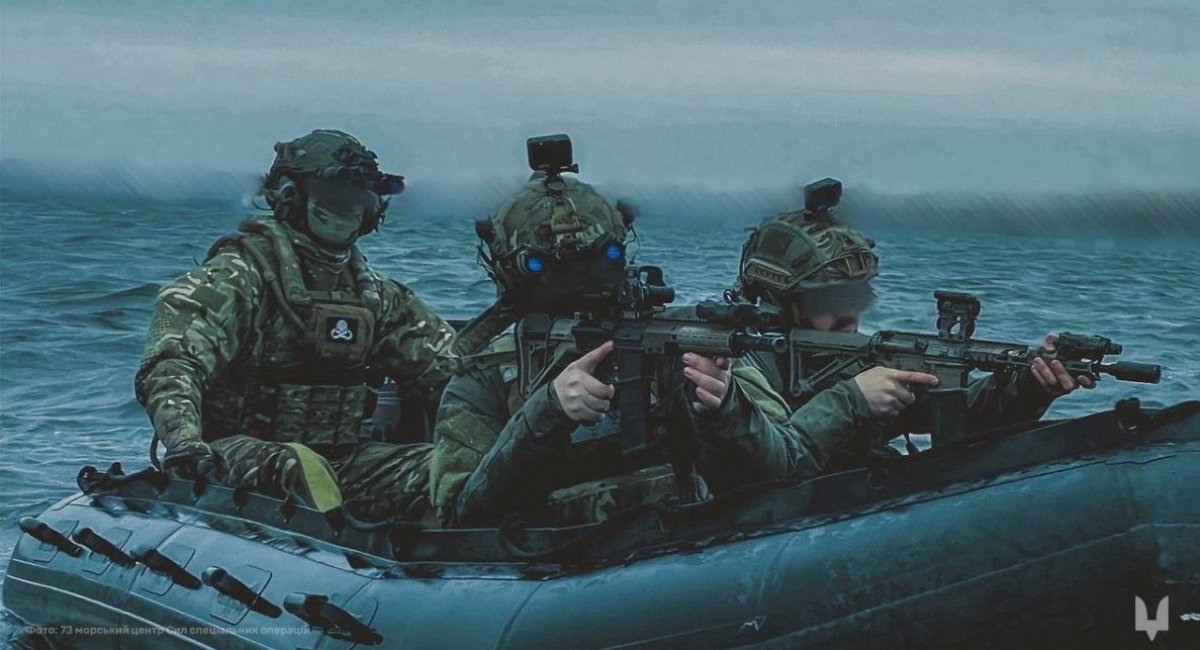
At a strategic level, Ukraine's approach has denied russia the ability to interfere with its maritime trade routes. Since the collapse of the Black Sea Grain Initiative (BSGI), Ukraine’s momentum has allowed it to dominate the western Black Sea. This has resulted in an increase in its exports via the unilateral Humanitarian Corridor, delivering higher trade volumes than under the BSGI, putting them on par with pre-war levels.
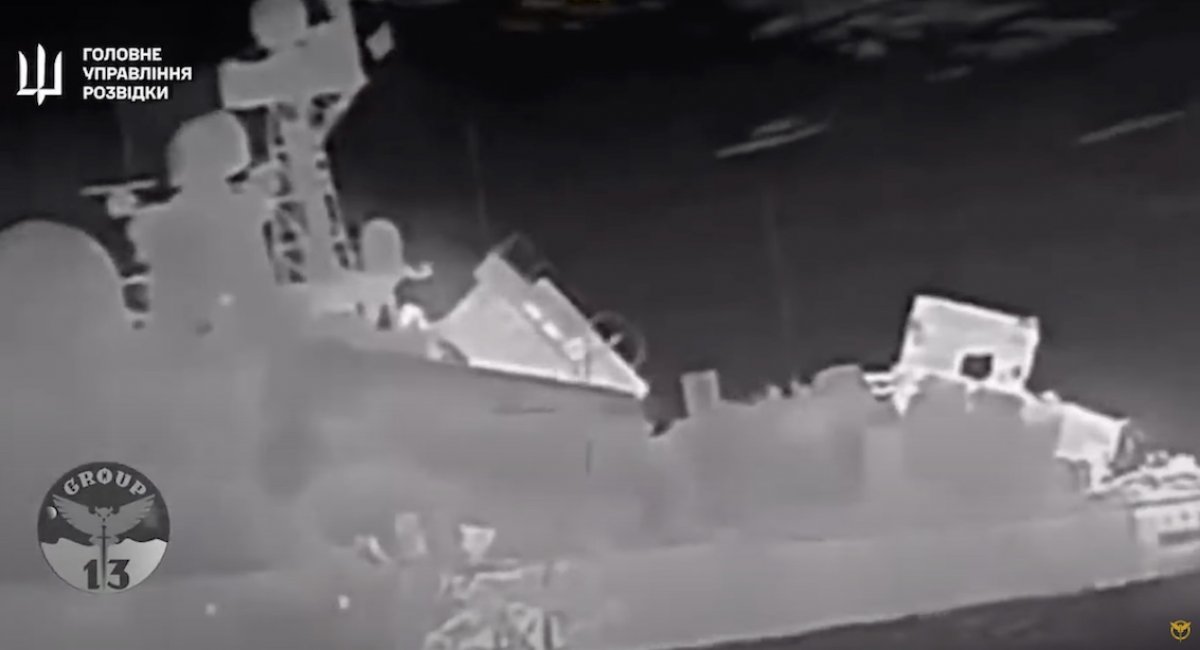
Read more: Ukraine’s SOF Disclosed Details of the Citadel Special Operation Against russian Occupiers in the Black Sea




